
The Remains of a 17th-century Bishop Unravel an Ancient Mystery
Exhumation of the Bishop
In the enchanting city of Lund, Sweden, the venerable Lund Cathedral, rich in history and significance, became the epicenter of a significant archaeological discovery. Driven by the need to relocate old burial sites, the church authorities decided to exhume the remains of Peder Winstrup. This was not just a simple reburial - the relocation offered scientists a unique opportunity to delve into the secrets of the past.

Using state-of-the-art technology, including advanced X-rays and CT scans, they embarked on a mission to learn more about the bishop's life and burial customs. To their astonishment, the scans revealed that Peder's remains were carefully mummified and resting on a bed of aromatic herbs.
Herb Bed
A fragrant mix of lemon balm, hyssop, juniper, and other carefully selected aromatic plants was found cushioning Peder's final resting place. These herbs, known for their aromatic properties, would have masked the inevitable smell of decomposition. Additionally, the team speculated that these specific botanicals may have acted as natural preservatives, possibly slowing down the decay process.
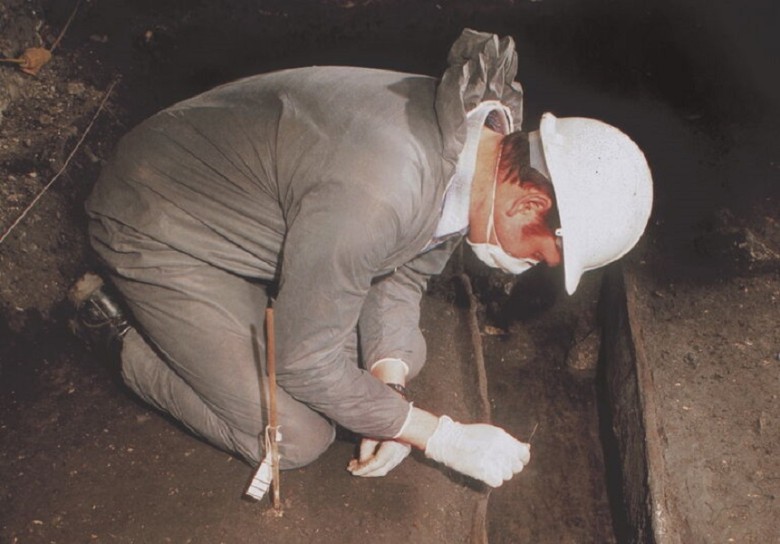
However, the exact methods of mummification remain a mystery to researchers. Although the precise technique used is still unknown, some have postulated that Peder's body may have initially been placed in a cool and airy environment to delay the process of decay.
Successful Personality
Peder's significance in his lifetime was undeniable. As a pillar of the academy, he was instrumental in the founding of Lund University, which still proudly holds its exceptional position among the world's leading educational institutions centuries later. The university began its legacy of knowledge dissemination in 1666, a testament to Peder's foresight and acumen.
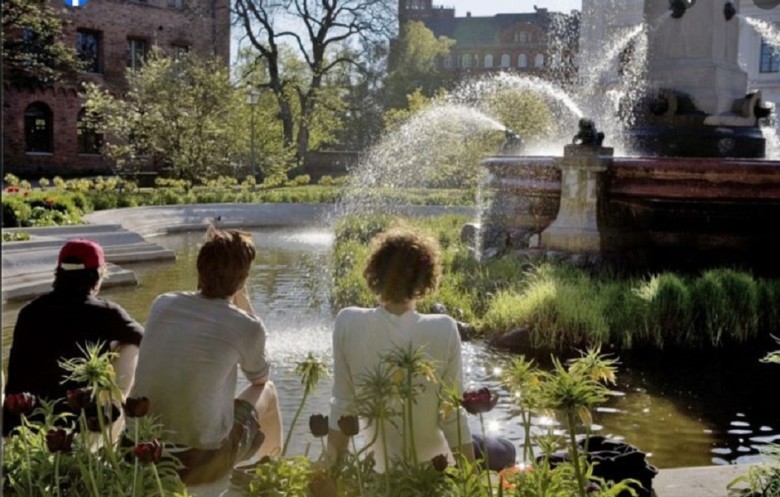
But his influence was not limited to the academic world. Peder was a man of many talents, engaging in scientific investigations, theological debates, and amassing a collection that showcased his wide-ranging interests and academic pursuits.
Multiple Ailments
When he ascended to the bishopric in 1638, Peder's influence and prestige were so significant that he retained his esteemed role even as the regional political dynamics shifted from Danish to Swedish rule.
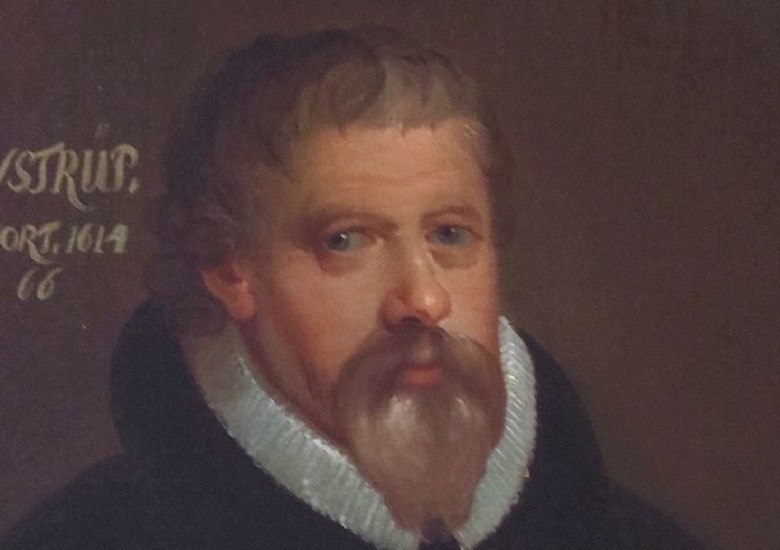
His death in 1679 symbolized the end of an era. However, with recent medical examinations, researchers were able to gain profound insights into Peder's physical health and discovered a range of ailments that plagued him in his final years.
There's More
Caroline Ahlstrom Arcini, the project's lead osteologist, commented during the examination of the findings, "The gallbladder also contains several gallstones, which could indicate a high consumption of fatty foods."
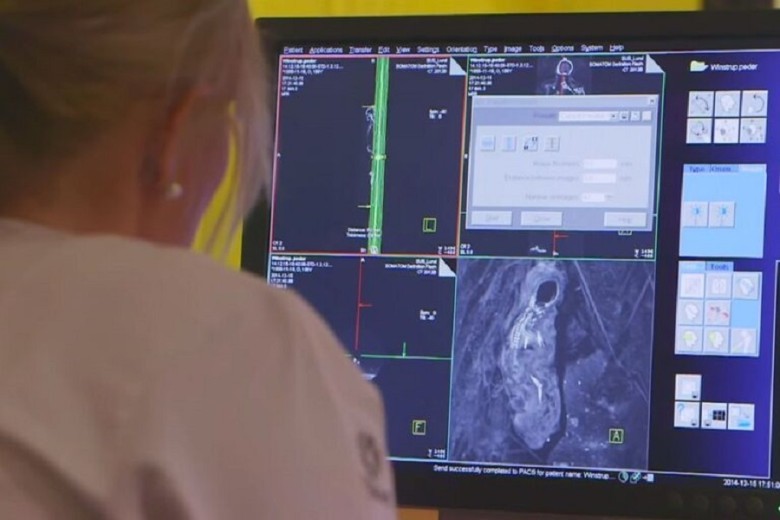
Peder's position in the church, along with the wealth and privileges it brought, meant that he had unrestricted access to luxury goods such as sugar and rich foods, which were rarities at the time.
Precarious State
However, this indulgence came at a price. Peder's dental health deteriorated significantly due to his fondness for sweets, leading to the loss of many teeth. Moreover, a debilitating shoulder injury worsened his physical challenges, making everyday routines such as dressing or even washing a daunting task.
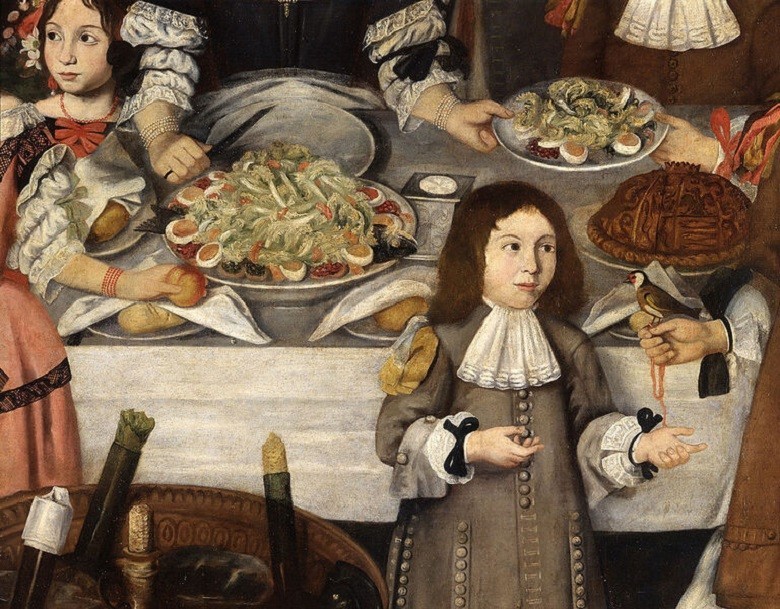
The various health issues paint a picture of Peder's final years as a time marked by discomfort and suffering. His eventual death from pneumonia may tragically have been a merciful release from the burdens of old age.
He is a Mini-Universe
The meticulous examination of Peder's remains provided researchers with a rare glimpse into the complexity of Lund society in the 17th century. Per Karsten, the director of Lund University's Historical
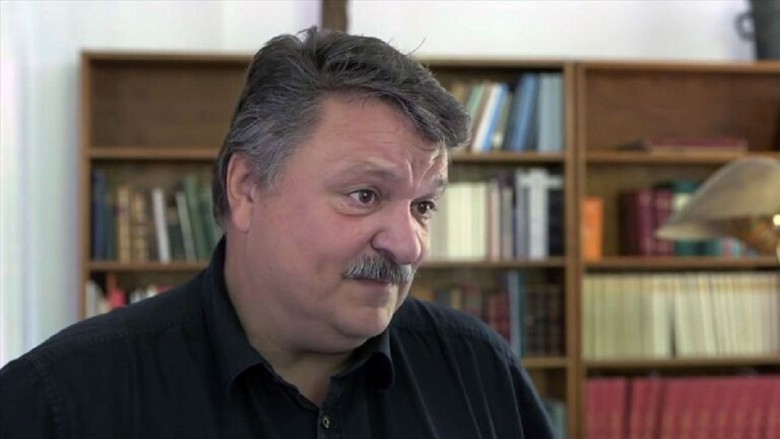
Museum, reflected on the significance of the discovery, stating, "In a way, this founding father is still alive, still contributing to modern society, through his coffin, through his body," highlighting the cultural and historical richness encapsulated by Peder's remains.
A New Resting Place
Per continued to express his awe for the historical figure, stating, "With the utmost respect, he is a unique medical archive that we can return to again and again to ask new questions." He believed that even in death, Peder held answers to numerous questions.
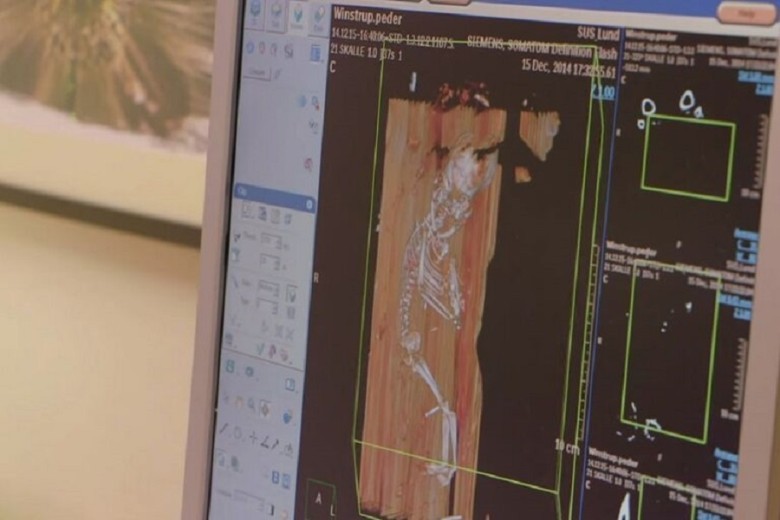
After their comprehensive research, archaeologists ensured that Peder's remains were respectfully reinterred in a new metal coffin.
Restless Final Resting Place
His new burial site is strategically located behind the grand medieval Astronomical Clock of the cathedral. This impressive timepiece, known for its loud chimes marking each hour,
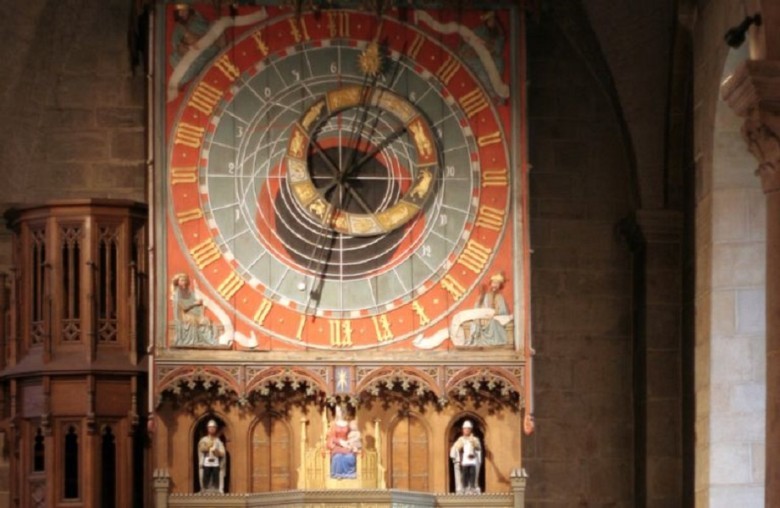
This led Per to joke about the potential for disturbing Peder's eternal rest, quipping, "If that doesn't wake you up, hearing those alarming bells," emphasizing the irony between peace and noise in the bishop's final resting place.
Peder and the Cathedral
The historical significance of Peder Winstrup is deeply intertwined with the magnificent Lund Cathedral. This architectural marvel, showcasing its imposing Romanesque towers, stands tall as a testament to the architectural skills of the 12th century. Built in that era, it has withstood the vicissitudes of time and political changes, especially the Swedish annexation of the region from the Danish in 1658.
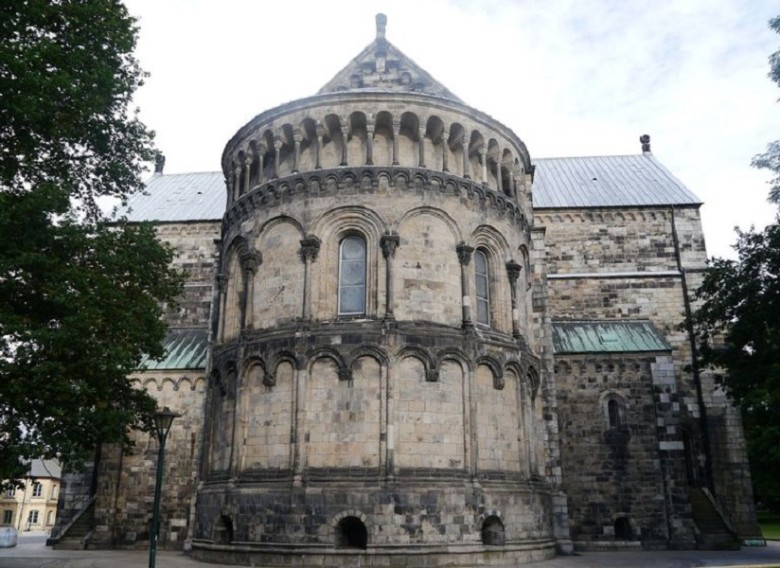
Peder's loyalty to the cathedral is reflected in this enduring structure. Despite the shifts in leadership, Peder, like the imposing cathedral, remained steadfast and retained his esteemed position under the new Swedish rule.
Tactical Maneuvers
Per Karsten, reflecting on Peder's pragmatic approach, commented, "He was very practical and thought, 'Well, now we are Sweden, how can we benefit from this?'" This visionary mindset led Peder to dream of establishing a university in Lund, which would secure the prosperity of the city regardless of whether it was under Danish or Swedish rule.

Peder Winstrup's skillful political maneuvers positioned him as a remarkable figure who always had both his own welfare and the welfare of the city he loved in mind. He was an example of a politician who adeptly navigated changing landscapes, always prioritizing the collective good.
Man of Science
Despite his position as a Protestant bishop, Peder's insatiable curiosity knew no bounds. He had a deep passion for the natural sciences, an interest he pursued with devotion. Furthermore, Peder was a forward thinker who recognized the potential of medicine in its early stages.
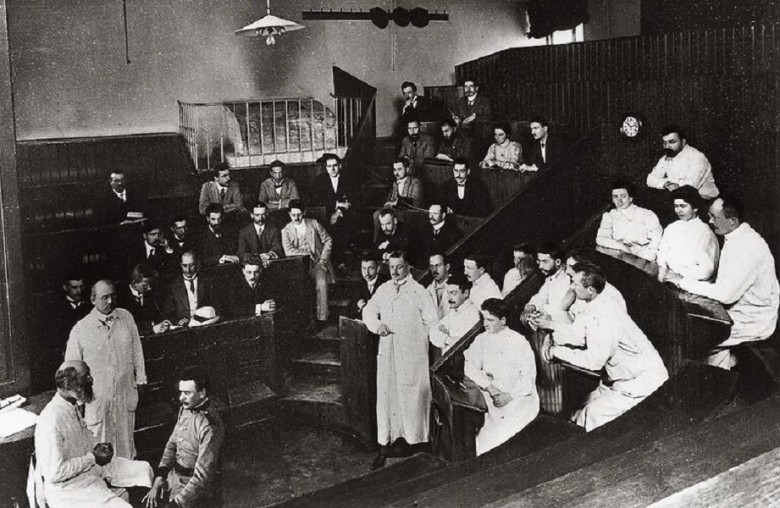
His belief in the transformative power of medical science led him to advocate for its inclusion in the curriculum when Lund University was established. His vision ensured that young scholars had the opportunity to delve into this vital field.
Another Point of Interest
Per, pondering the contemporary fascination with Peder, mused, "I think he would smile if he knew that there is so much interest in him now." Peder's time was a pivotal moment in Swedish history, but there was another question that piqued curiosity.

There was an even more mysterious reason that drew scientists to his grave. Hidden between Peder's shinbones, a puzzling discovery had been made, promising to unveil a fascinating story.
The Plot Thickens
The discovery was, to say the least, surprising—a fetus estimated to be at five to six months of development. Initial speculations were filled with questions about the identity of this unborn child.
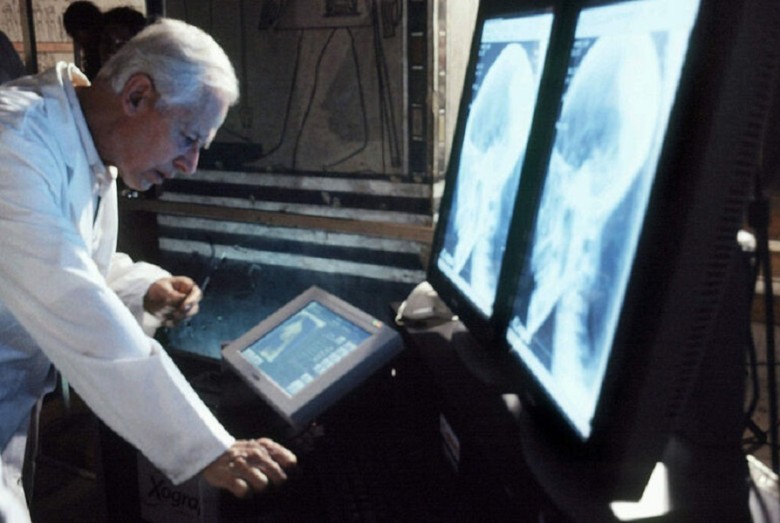
The most popular theory suggested that the fetus could have been secretly placed in the coffin by a servant. However, DNA tests, which reliably reveal secrets of the past, yielded results that surprised everyone.
Surprising Results
Maja Krzewinska, a renowned biologist at the Centre for Paleogenetics in Stockholm, expressed her astonishment, stating, "I did not expect to see that they were related."
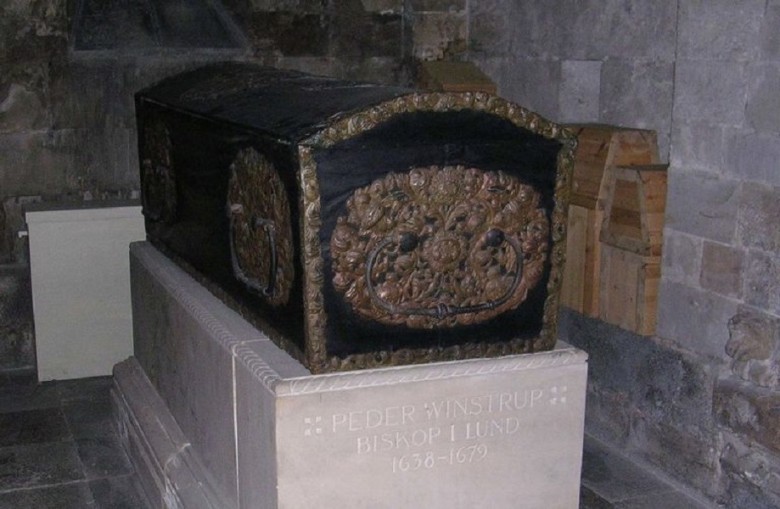
As the researchers delved deeper into the genetic composition, they concluded that the likely father of the fetus was Peder Pedersen Winstrup, Peder's only surviving son. This revelation sent shockwaves through the scientific community.
The Beauty of Being Wrong
Per Karsten, originally a proponent of the theory that the fetus could be from a servant, admitted that his previous assumptions were incorrect. He expressed his admiration for the scientific process, stating, "I really love it when science comes into play like this.
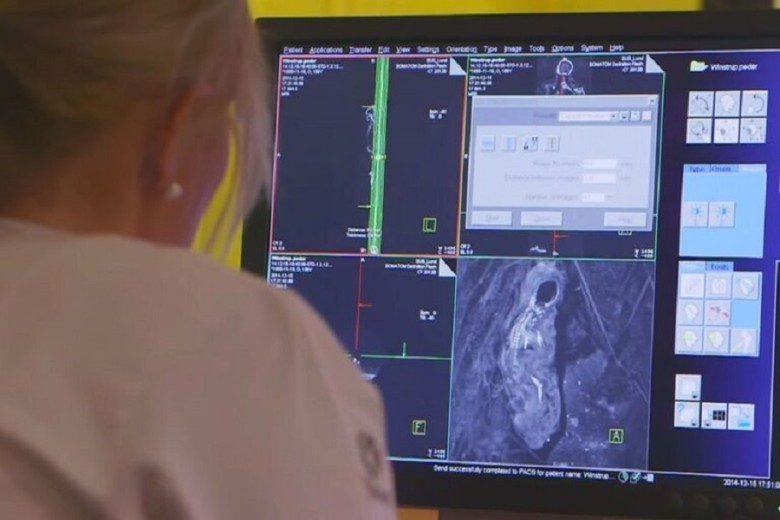
You have a theory, and a new analysis shows that you're wrong, forcing you to think differently." But even with this new perspective, the entire mystery remained unsolved, waiting for someone to decipher it.
Ordinary and Mysterious
Although the fetus's lineage was now clear, the motivations and circumstances behind its burial with Peder remained a mystery. Maja provided a context and noted, "This is quite common in medieval Scandinavia, where we see several burials of adults with children.
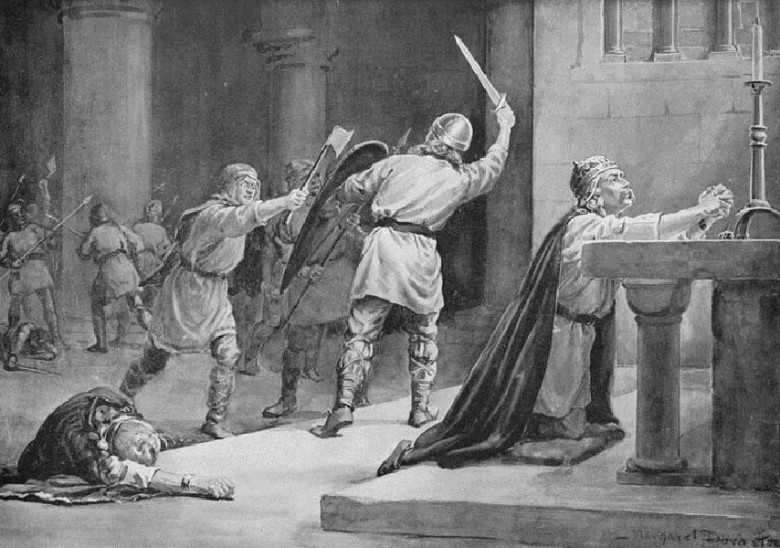
And we don't know why that is." Armed with determination and new research tools, she committed herself to solving this puzzle.
Still Under Investigation
Maja's investigation aims to uncover the relationships between adults and children in these shared burial sites. "No one has ever studied this because we only now have the tools for it," she commented.

Among all the hypotheses, a prevailing theory was that the person who placed the fetus next to the bishop hoped that Peder would guide the unborn soul in the afterlife.
A Very Human Reaction
Per, pondering this touching theory, mused, "By hiding the fetus, perhaps you're saying it's not quite right, but you're doing it in the hope of giving the soul of this unbaptized child a chance to find a place at God's right hand."
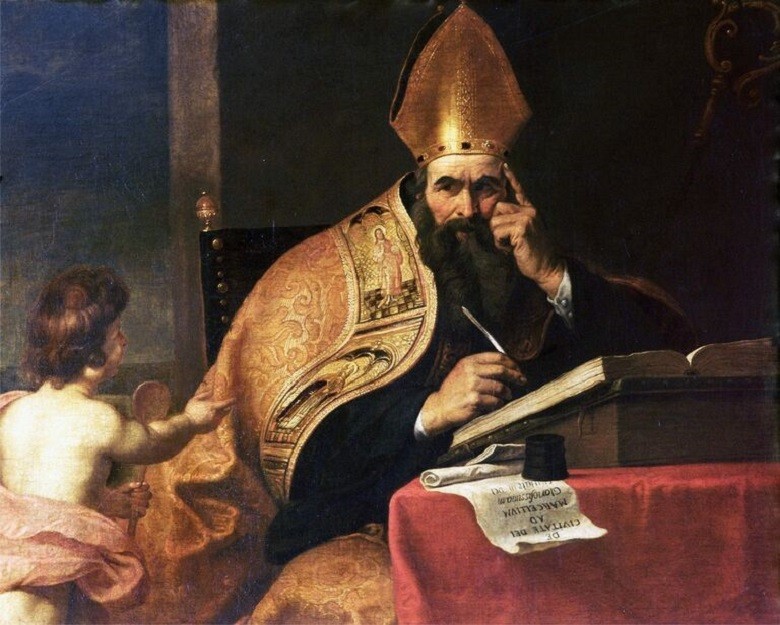
He concluded with a touch of empathy, saying, "I find that very human," underscoring the eternal human quest for redemption and comfort.
Staying Together
In the sacred halls of Lund Cathedral, a poignant decision was made regarding Peder Winstrup. Alongside the revered bishop, his grandson, a fetus, was to be buried. Per Karsten expressed the sentiment profoundly, stating, "Of course, we buried the fetus with the bishop. They belong together."
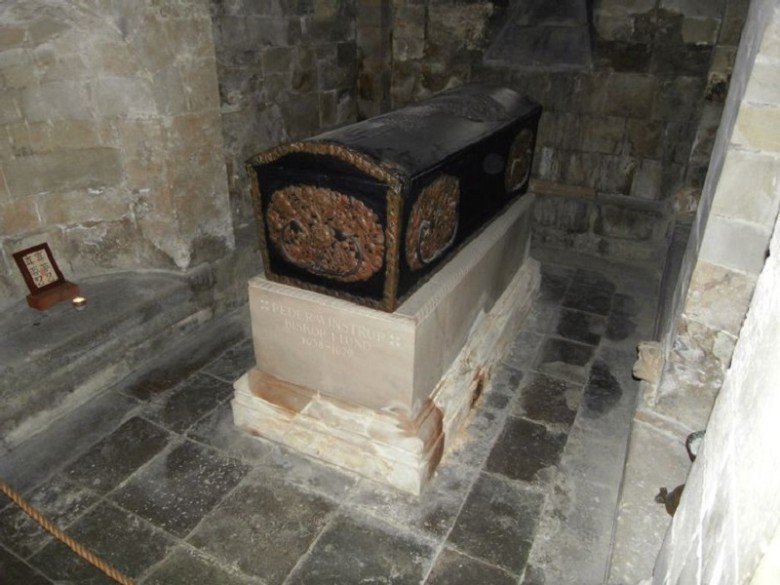
Their intertwined legacy will live on forever behind the majestic cathedral clock. Although the constant ringing of the bells may be perceived as disturbing by some, it cradles them in eternal peace. This case with Peder and the fetus, although solved, is just one of many. The annals of history are filled with such mysteries, and certain episodes within the Catholic Church, some of them quite disturbing, may never be fully elucidated.
Last Night in Bologna
The annals of Catholic Church history are replete with moments of triumph, introspection, and unfortunately, controversy. There is one event in particular from the past that modern sensibilities find hard to fathom.
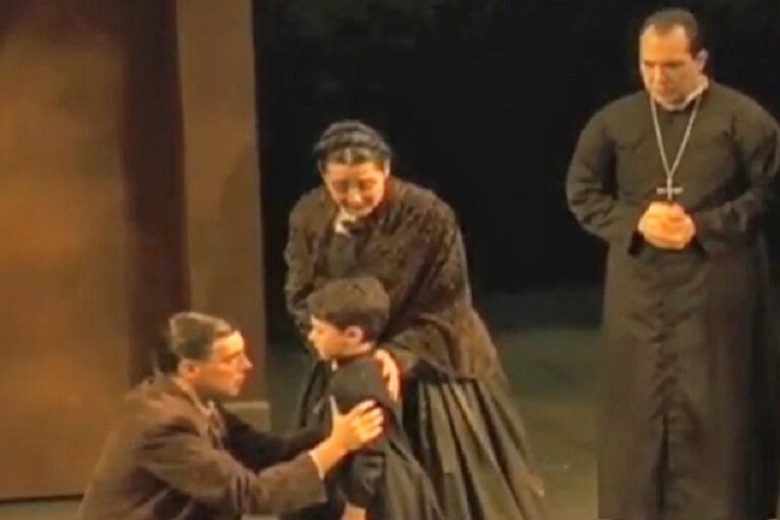
In the picturesque Italian city of Bologna, which was under the jurisdiction of the Papal States at the time, an unthinkable event took place. A young boy was forcibly taken from his family. In an unprecedented display of power, the Church, supported by the authority of the Pope, stood against a desperate family that refused to yield.
On the Threshold
On the fateful night of June 23, 1858, the Mortara family home was visited by an unexpected presence. The Papal police Carabinieri, the Church's law enforcement arm, approached Salomone Mortara.
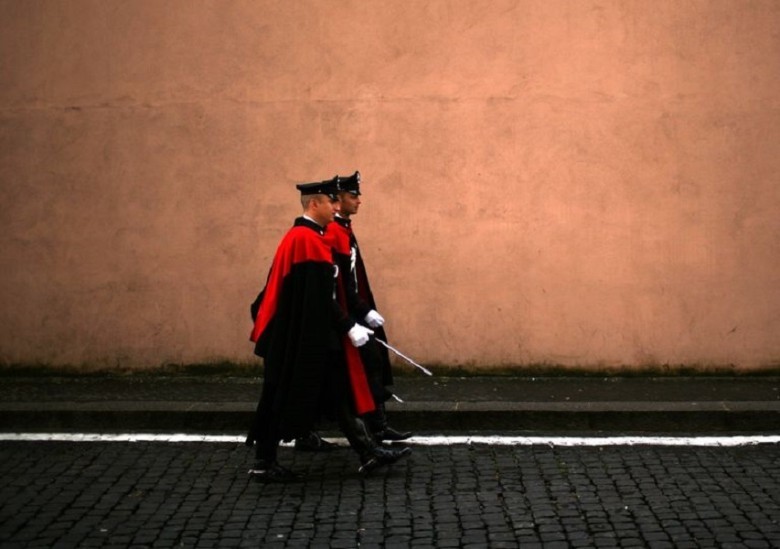
"Momolo" Mortara and his beloved wife Marianna were met with formal solemnity as the head marshal began, "Signor Mortara, I regret to inform you that you have been deceived."
Edgardo
Already filled with tension from the unexpected arrival of the papal officers, Salomone and Marianna Mortara braced themselves for what was to come. Yet, nothing could prepare them for the devastating news that followed. The revelation that their beloved six-year-old son, Edgardo, had been secretly baptized turned their world upside down.
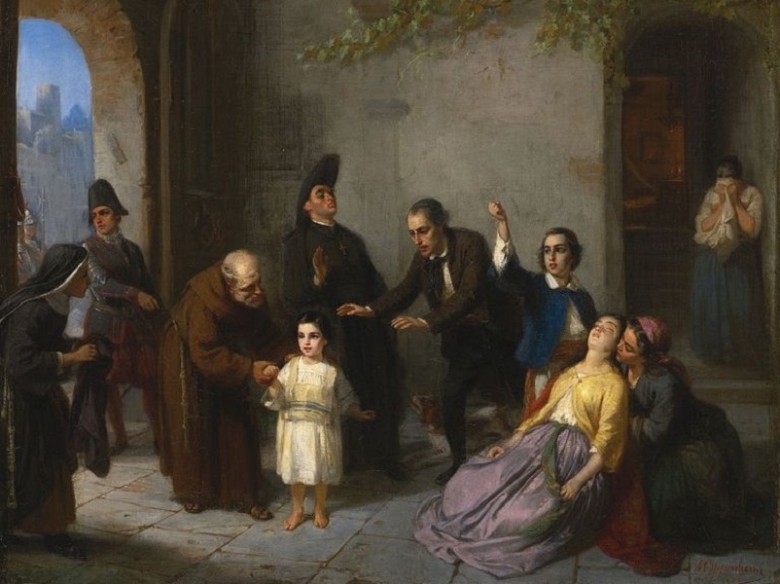
What made it even worse was the incomprehensible demand from the Church authorities that Edgardo, having received this sacred sacrament, should now be forcibly separated from his family and placed under the protection of the Church.
Sources
Confusion, disbelief, and despair overwhelmed Marianna and Salomone as they tried to comprehend. Why was this happening to them? Who had baptized their child and on what grounds? In their search for answers, the tormented parents encountered a wall of silence. The officers, stiff and evasive, hid the details of the informant.
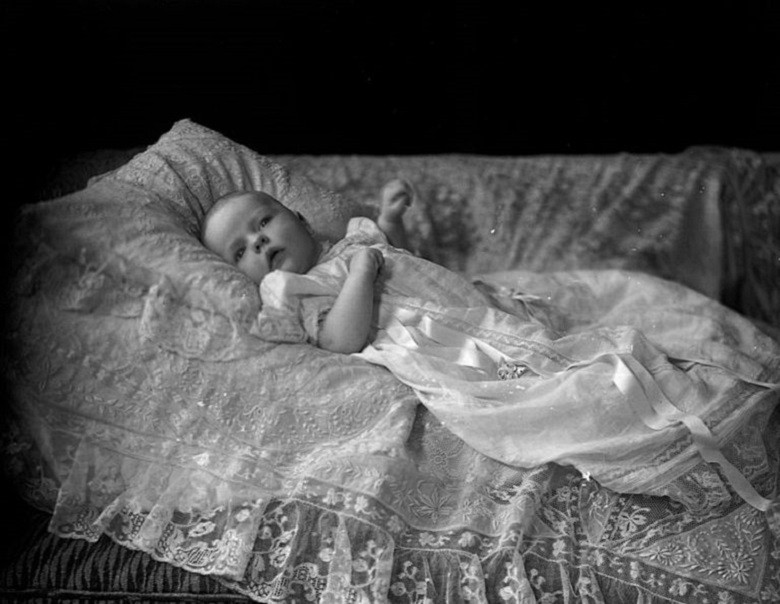
But despite the shock, the Mortaras, knowing the stories of their community, were aware that their ordeal was not an isolated case. Living under the shadow of the Papal States, Jewish families lived with the constant fear that their children could be baptized without their consent, forever changing the fate of the child.
Secret Baptisms
In Bologna's complex social fabric, Jewish families often found themselves in the minority. This vulnerability sometimes led them to employ Christian domestic workers for household tasks. Faced with underlying religious tensions and the constant threat of unauthorized baptisms, some families took proactive measures to protect their youngest ones.
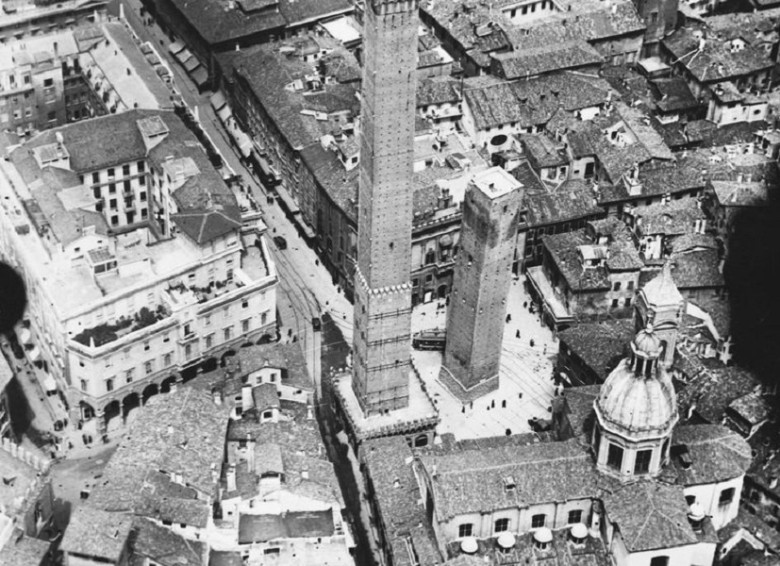
They had their maids sign legally binding documents that guaranteed these caretakers would not subject their children to any religious ceremony without the explicit permission of the parents.
Papal Law
However, the Mortaras had a different mindset. Their approach to those they employed was based on mutual trust and respect. They believed in the goodness of people and never imagined that their trust in humanity could have such devastating consequences. The realization that Edgardo's removal was based on an unlawful baptism that took place right under their noses was a heavy blow for them.

They grappled with feelings of betrayal, grief, and an overwhelming sense of powerlessness. With papal law hanging over them and seemingly limited recourse options, they were consumed by despair as their once joy-filled little world threatened to crumble.
Action of the Holy Office
During this turbulent time, the Papal States operated under their own set of religious laws. These regulations, firmly established and fiercely defended, made it clear that a child baptized in Christianity could not be raised by non-Christians.
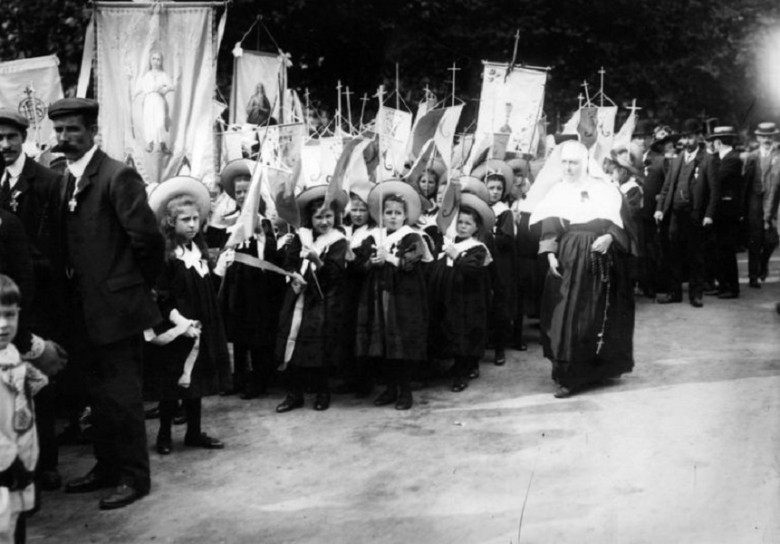
This deeply rooted theological stance, deeply ingrained in the doctrines of the Church, meant that once informed of Edgardo's secret baptism, there was a perceived moral and religious obligation to intervene. In their eyes, it was not just a legal matter but a divine imperative to ensure the spiritual well-being of the young boy.
Under the Church
The judgment of the religious congregation was swift and unrelenting. The Mortara's son, Edgardo, was to be taken away from his loving family and placed under the protection of the Church.
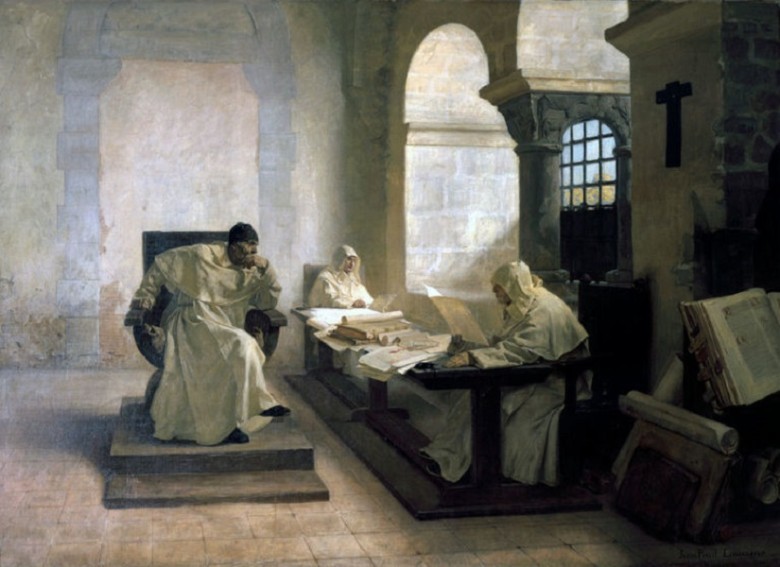
However difficult it may be to understand today, the order was actually executed. A six-year-old child was torn from the embrace of his home and abruptly placed in the institutional care of the Church.
Life or Death
The climax of this deeply unsettling saga came in the form of a revelation from an unexpected source. Anna Morisi, an employee who had dedicated five long years of her life to the Mortara family, came forward with a confession that would forever change the fate of the family.
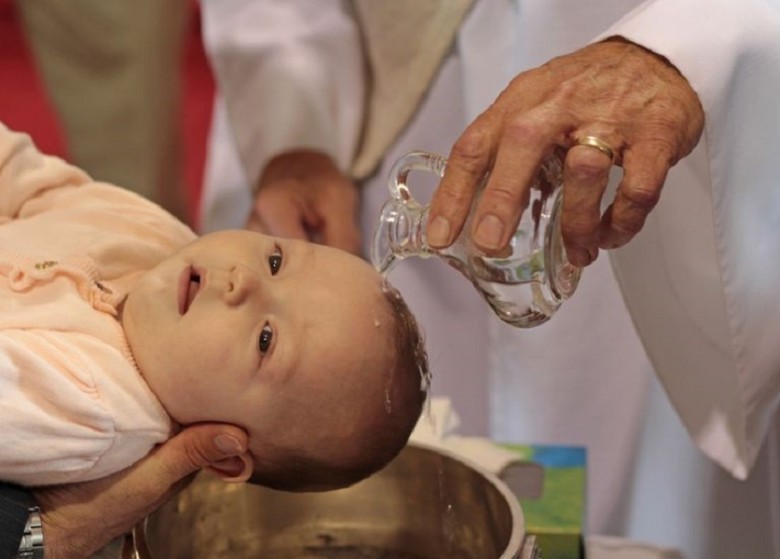
With a heavy heart and a burdened conscience, she confessed to secretly baptizing Edgardo. Her confession not only shed light on the sudden actions of the papal officers but also added a deep sense of betrayal to the already unbearable grief of the Mortaras.
Anna Morisi's Secret
Edgardo's health during the incident has been a subject of much speculation. However, it was generally accepted that Anna Morisi had revealed the secret sacrament to several acquaintances during this time.
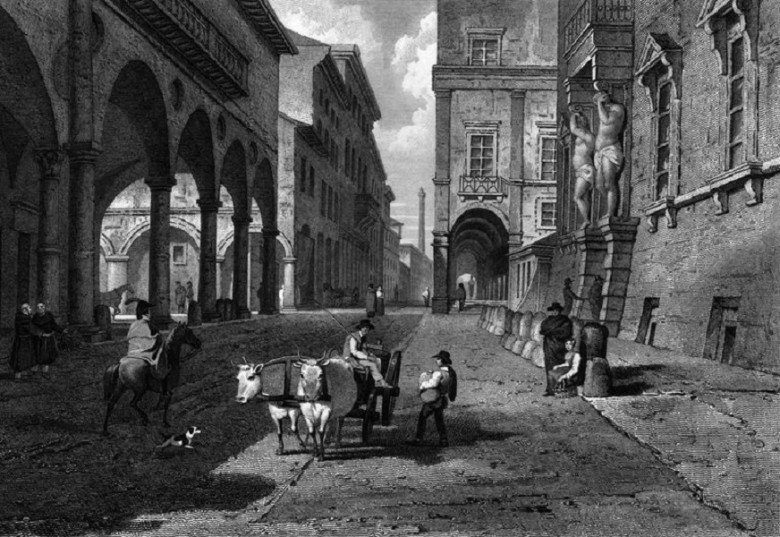
Like a rapidly spreading fire, rumors of a Jewish child baptized by his Christian maid echoed through the close-knit community of Bologna. This tale of religious misunderstanding eventually reached an authoritarian figure, Father Pier Feletti, the esteemed inquisitor of Bologna.
Basilica of Saint Dominic
Under the guidance of the Holy Office, Father Pier Feletti sought to uncover the true essence of the events. Anna Morisi was summoned to the sacred halls of the Basilica of San Domenico, where she underwent intense questioning. Under the pressure of the seriousness of the situation and the weight on her conscience, she finally confessed her deed.
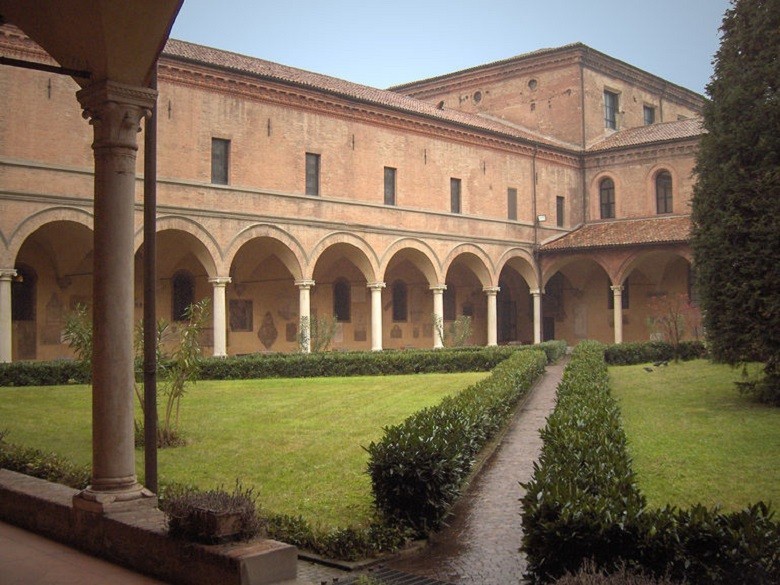
As the clock ticked, they made passionate appeals, but all efforts seemed in vain. The peak of anguish was reached when Momolo, unaware of where his son was being taken, collapsed in despair as he saw Edgardo forcefully separated from him. In that moment, as the unthinkable became reality, Momolo felt a void that could not be filled, and his cry of pain echoed through the streets of Bologna.
Futile
The papal Carabinieri, understanding the gravity of the situation, granted the Mortara family one day in a rare act of mercy. This was their time, their chance to mobilize all influential contacts they had, hoping to reverse the devastating decision.

Against the backdrop of a gravely ill baby Edgardo, they acted out of pure panic and desperation, fearing the impending death of the child. Anna Morisi's hasty but tragic decision to perform the secret baptism was driven by the belief that she had to secure the eternal salvation of the boy, even if it meant crossing the boundaries of parental authority.
Pius IX
During this turbulent time, the Holy See was occupied by Pope Pius IX. Although initially seen as a potential progressive reformer for the Church, his stance against Italian unification weakened his popularity.
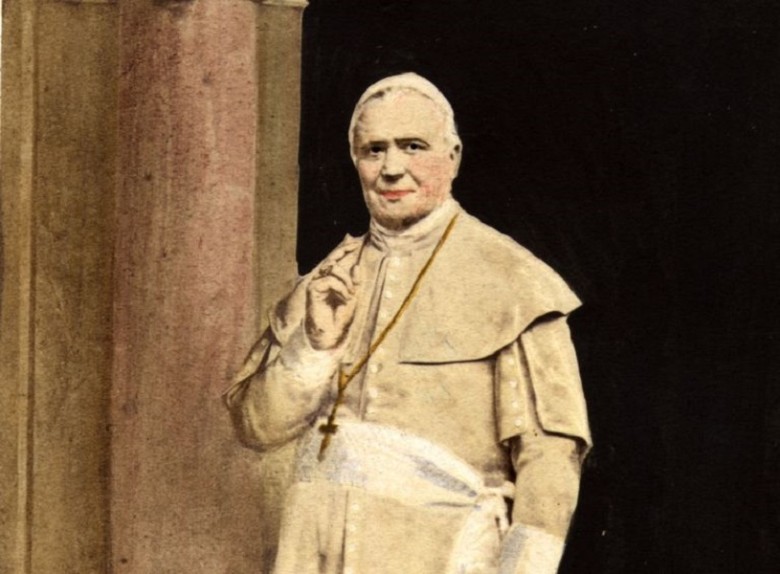
Surprisingly, the decision to separate Edgardo Mortara from his family did not directly involve the Pope at the beginning of it all. It was a chain of events and decisions that led to this fateful decision, and while the Pope ultimately had final authority, it was a web of bureaucratic steps that paved the way to this moment.
Visits
The trauma of losing a child in this manner had deep effects on the Mortara family. Witnesses reported on Marianna's painful transformation, unable to cope with the loss and suffering mental setbacks. Momolo, on the other hand, found strength and maintained composure during the rare supervised visits he had with his son.

Aside from these brief moments, he focused his energy on an unrelenting crusade against the power of the Church, hoping to reunite his family. Every day without his son was one day too many, and Momolo Mortara seized every opportunity to let the world know that justice had not yet taken its course.
The Narrative
In a strategic move, the Papal States spread a narrative portraying Edgardo as an eager and intelligent Catholic. They claimed that the boy's newfound faith was so deep that he wished his parents would abandon their Jewish heritage and embrace Christianity.
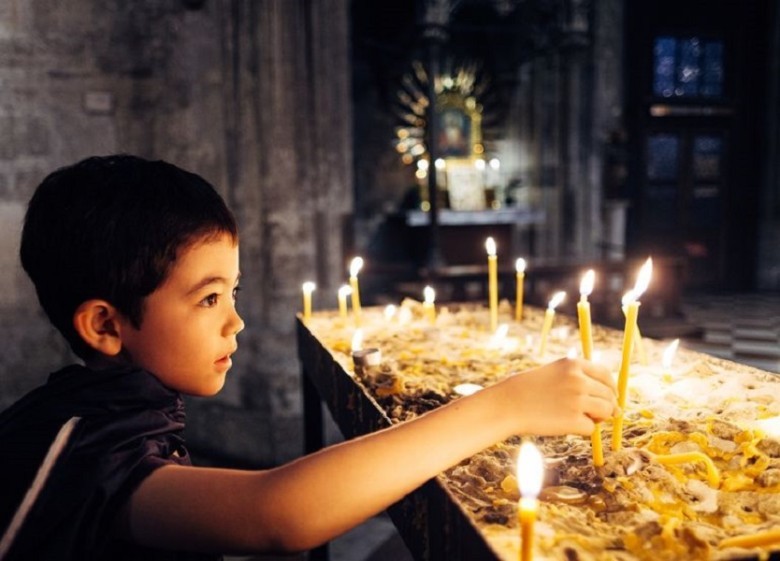
However, this narrative was met with great skepticism, and many doubted its veracity. The notion that a young Jewish boy would suddenly undergo such a profound spiritual transformation went against everything known about the complexity of religious identity and conversion.
Gathered Crowds
News of the bold act by the Church in Bologna spread quickly. The audacity of the Papal States in kidnapping a Jewish child was met with a storm of outrage.
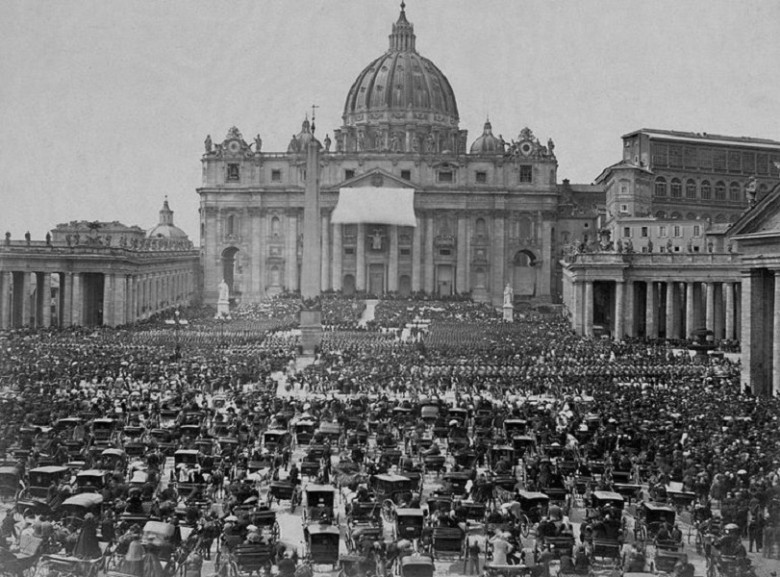
Protests erupted on the streets, and the global reaction was loud and clear. Major newspapers, including the prestigious New York Times, sharply condemned the act and called for Edgardo's immediate return to his grieving family.
The Pope's Outburst
The growing global outcry took Pope Pius IX by surprise. He had not anticipated the intense international reaction. During an annual meeting with representatives of the Jewish community in Rome, the atmosphere was noticeably tense.
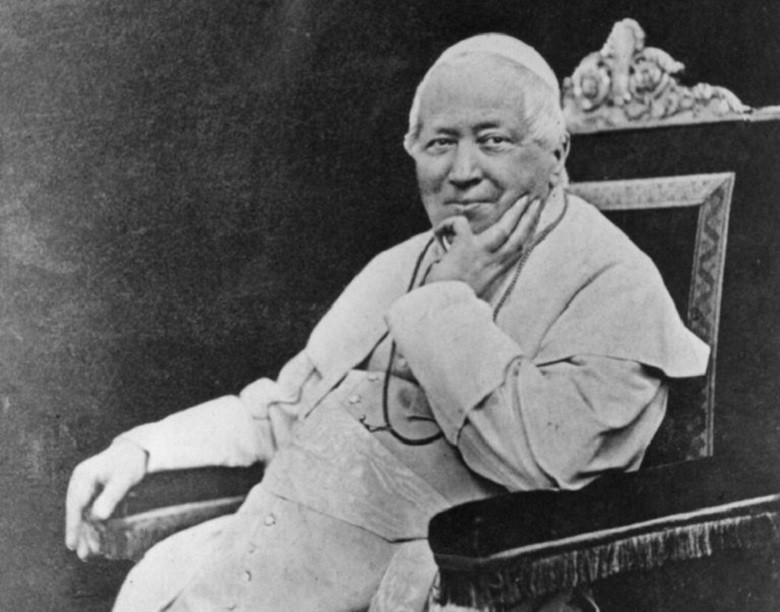
In a moment of desperation, the Pope defiantly exclaimed, "Let the newspapers spread their poison. I care little about the opinions of the world!" This expression of his unwavering resolve revealed an attitude that shocked many and only amplified the critical voices.
The Narrative
In a strategic move, the Papal States spread a narrative portraying Edgardo as an eager and intelligent Catholic. They claimed that the boy's newfound faith was so deep that he wished his parents would abandon their Jewish heritage and embrace Christianity.
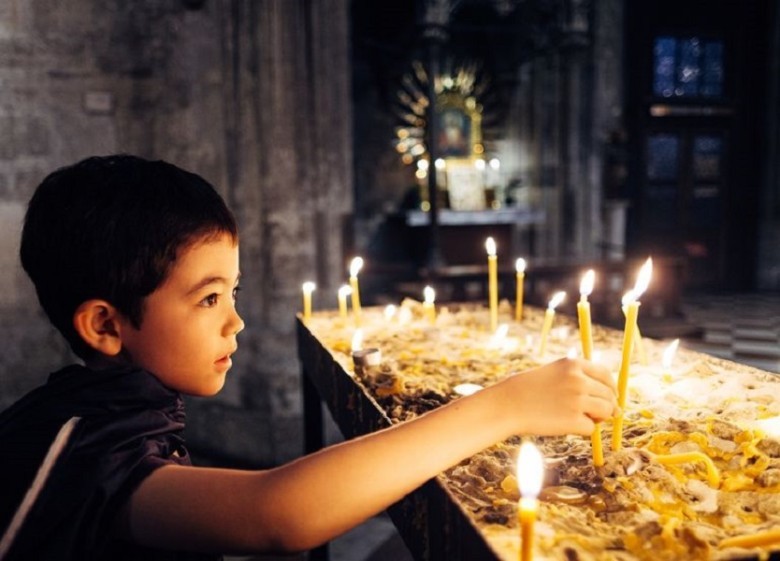
However, this narrative was met with great skepticism, and many doubted its veracity. The notion that a young Jewish boy would suddenly undergo such a profound spiritual transformation went against everything known about the complexity of religious identity and conversion.
Gathered Crowds
News of the bold act by the Church in Bologna spread quickly. The audacity of the Papal States in kidnapping a Jewish child was met with a storm of outrage.
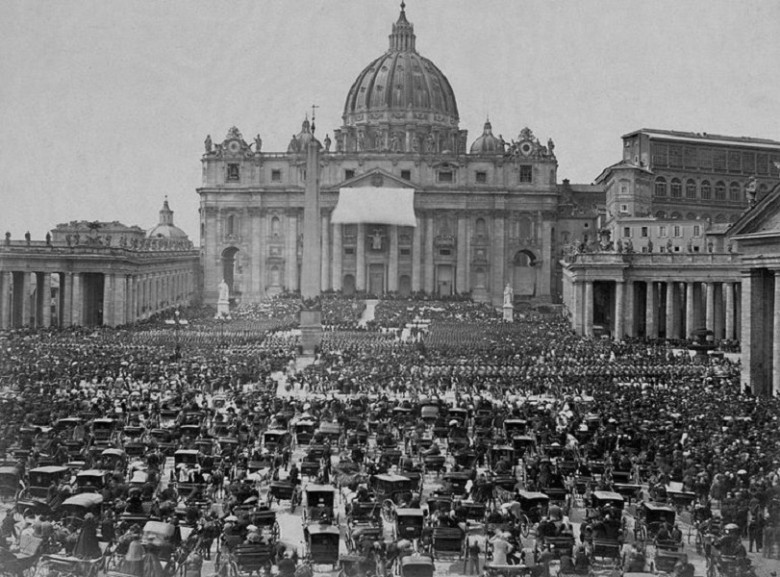
Protests erupted on the streets, and the global reaction was loud and clear. Major newspapers, including the prestigious New York Times, sharply condemned the act and called for Edgardo's immediate return to his grieving family.
The Pope's Outburst
The growing global outcry took Pope Pius IX by surprise. He had not anticipated the intense international reaction. During an annual meeting with representatives of the Jewish community in Rome, the atmosphere was noticeably tense.
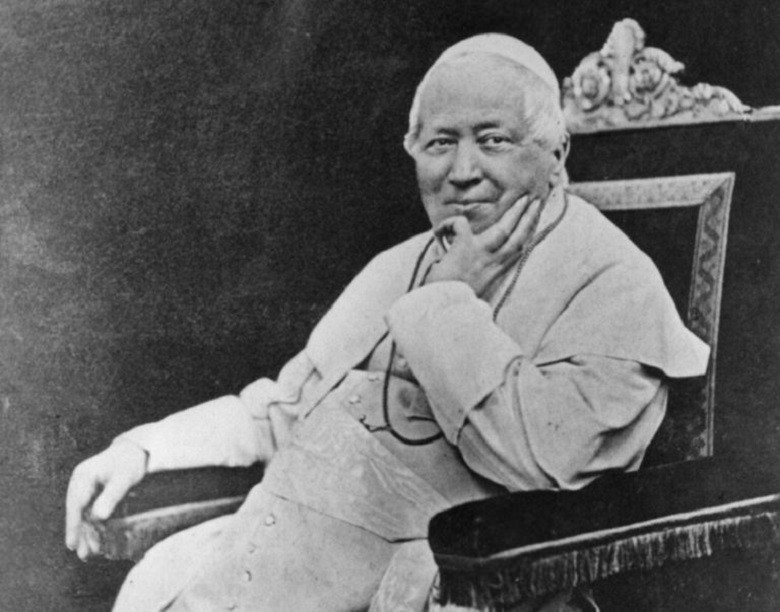
In a moment of desperation, the Pope defiantly exclaimed, "Let the newspapers spread their poison. I care little about the opinions of the world!" This expression of his unwavering resolve revealed an attitude that shocked many and only amplified the critical voices.
With Edgardo
As the supreme head of the Holy Office, Pope Pius IX held the decisive power in his hands, even if he was not the initiator behind the original decision to take Edgardo.
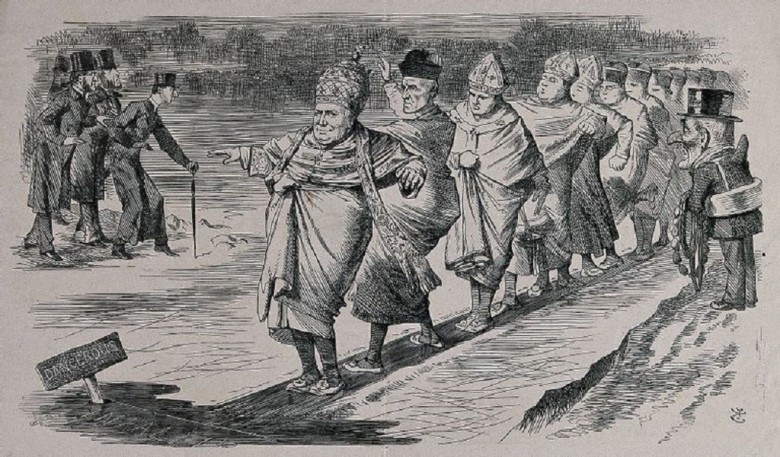
Over time, a close personal bond developed between the Pope and the young boy, cementing the Pope's unwavering position to return Edgardo. This emotional connection, reinforced by shared daily life and spiritual care, solidified a paternal figure that Edgardo found in Pius IX.
"I am your father too"
Edgardo's later written memories capture a touching moment that underscores the Pope's determination. Reflecting on the Pope's words, Edgardo wrote, "Various influential figures, both powerful and humble, tried to take this child away from me, calling me heartless and barbaric.
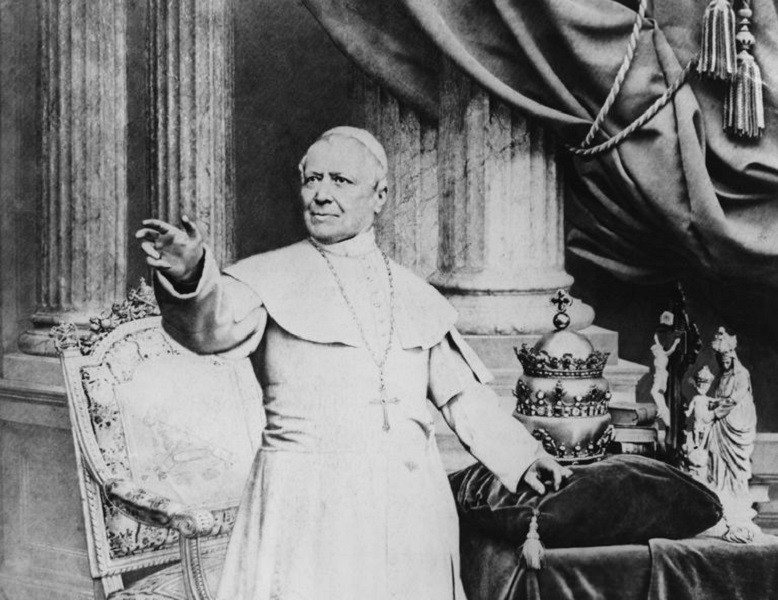
They mourned the child's parents, but they didn't see that I also consider myself his father." These words revealed the complex duality of responsibility and power surrounding the pontificate of Pius IX.
Father Pier Feletti
Just twelve months after the infamous abduction of young Edgardo, Father Pier Feletti found himself ensnared in the very intrigues he had orchestrated. Trapped within the majestic Basilica of San Domenico, the spotlight turned to him. Accused as the mastermind behind the kidnapping, the path to justice was anything but straightforward.
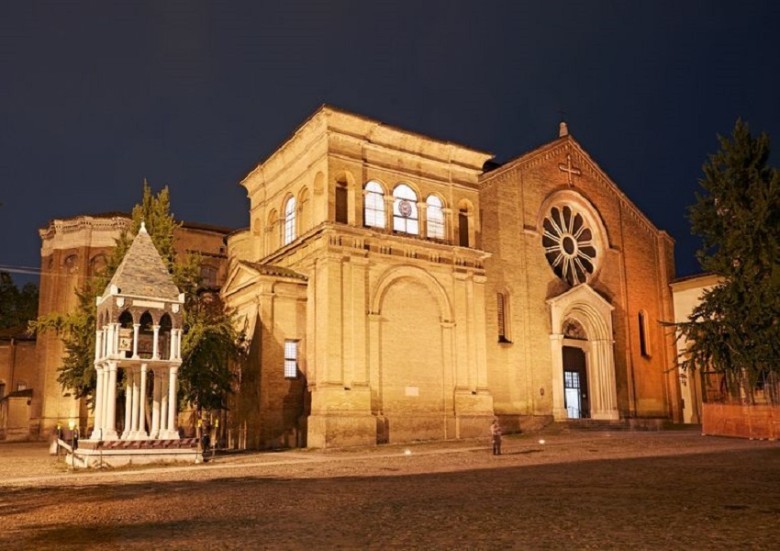
Feletti remained stubborn and evasive during the interrogations, adding layers of ambiguity to the ongoing investigation. Additionally, Anna Morisi repeatedly changed her story, further complicating the situation. The inconsistencies and lack of concrete evidence led to a judicial outcome in which Father Feletti was acquitted, causing disappointment among many regarding his exoneration.
Protecting the Church
While Italy was shaped by wars and its subsequent unification, the Catholic Church found itself amidst unprecedented change and turmoil. Yet, Edgardo's life within the Church remained unaffected by these national upheavals. His formative years under the care of the Church were characterized by strict Christian teachings and doctrines.
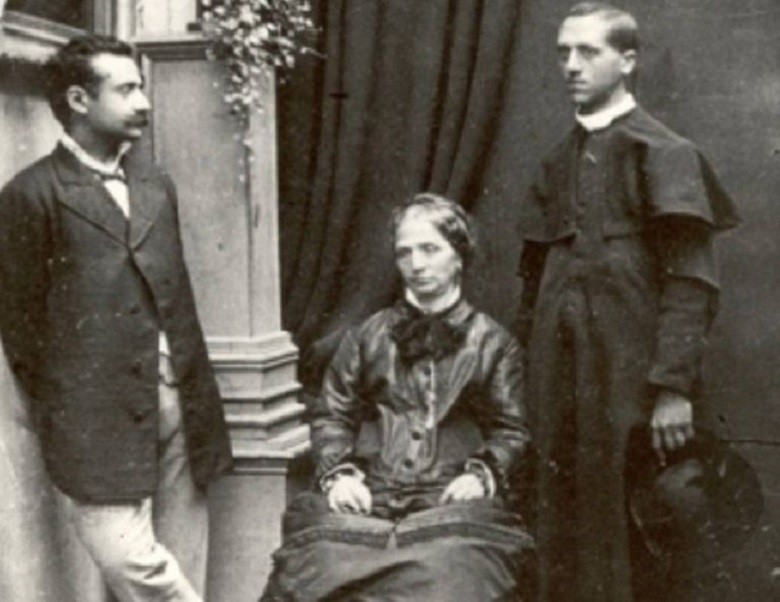
This profound indoctrination created an emotional distance between Edgardo and his biological family. As Rome eventually succumbed to external forces and fell, Edgardo, now a 19-year-old young man, chose to remain under the protection of the Church instead of returning to the loving arms of his suffering family. It was as though the Church's teachings had created an insurmountable distance between him and his past, a decision that surely further shattered the broken hearts of his family.
Looking Back
Edgardo's painful story highlights, for many observers and historians, the stark contrast between the evolving ethics of a modern society and the outdated values clung to by the Catholic Church. This incident, characterized by blatant abuse of power and deep-rooted anti-Semitic prejudices, is viewed with disapproval and outrage.
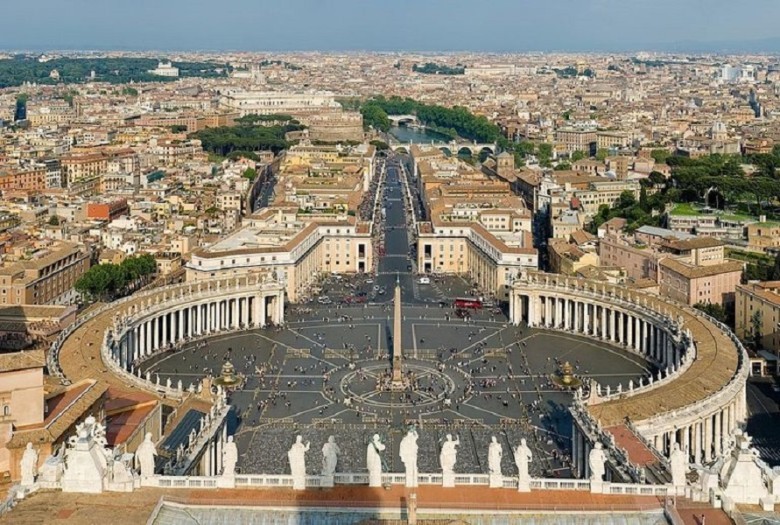
Today, when we reflect on such dark chapters of history, the Mortara case stands as a clear testimony to the transgressions of the Church and is often cited as a shameful abuse of ecclesiastical authority. It is a case that stands in the annals of time as an example of how far the arms of power can reach and how deep the wounds they leave can be.
Mary Helen MacKillop
However, it is important to note that the justification for Edgardo's abduction found no resonance with the fundamental teachings of Christianity. The core principles of faith rooted in love, compassion, and justice seemed to have been overshadowed in this particular incident.
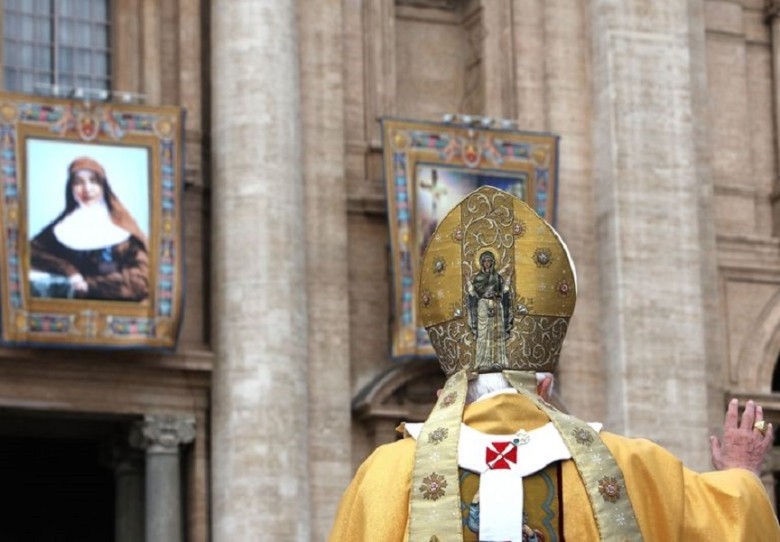
Throughout the centuries, the Catholic Church has housed numerous luminaries who stood against injustices, even when those injustices were committed in the name of the Church itself. These shining individuals, embodying true Christian values, often served as the conscience of the faith, sometimes in direct opposition to those who sought to exploit the name of the Church for nefarious purposes. They remind us that within every institution, there exists the potential for resistance and reform.












Comments
0 comment